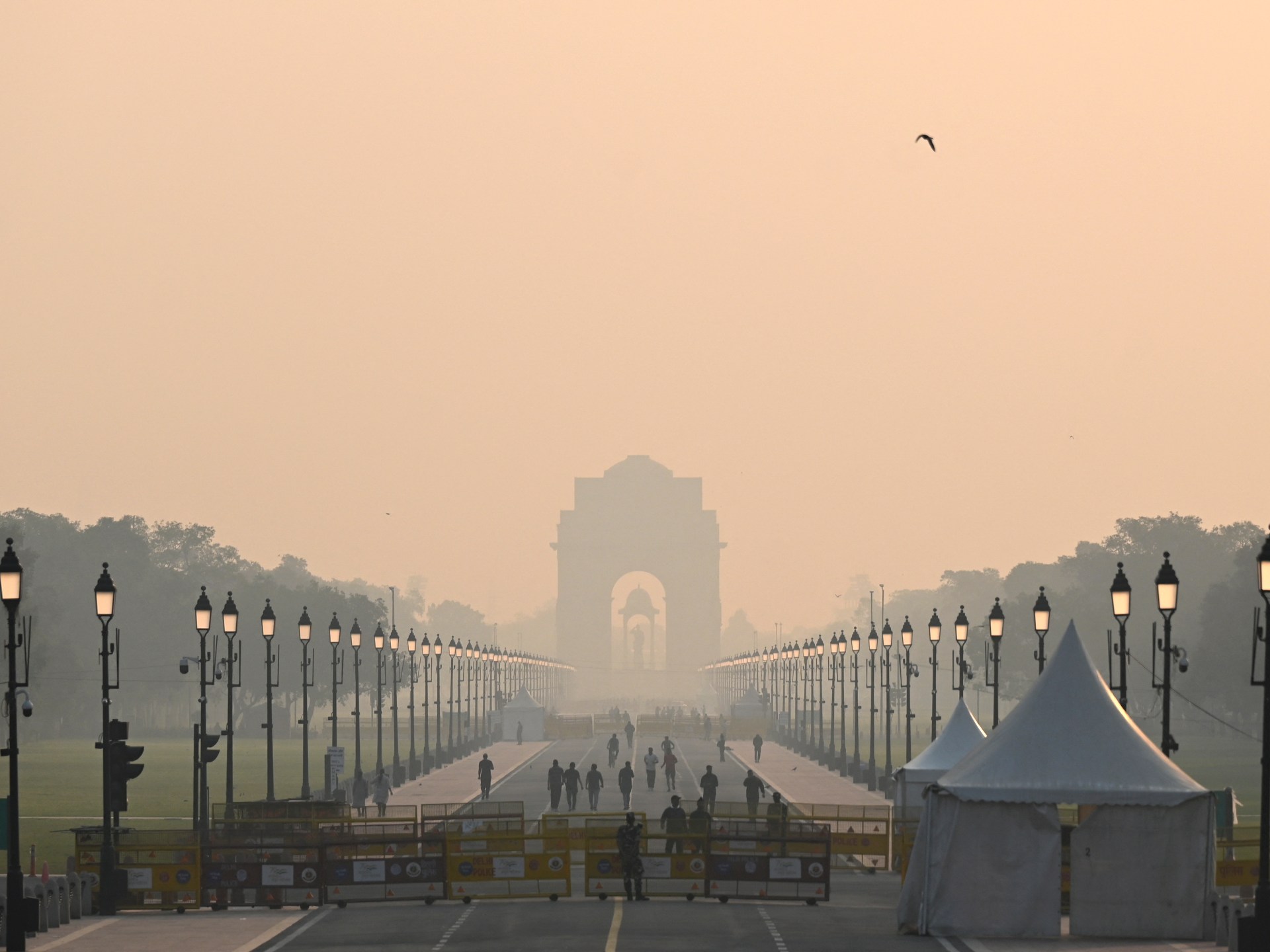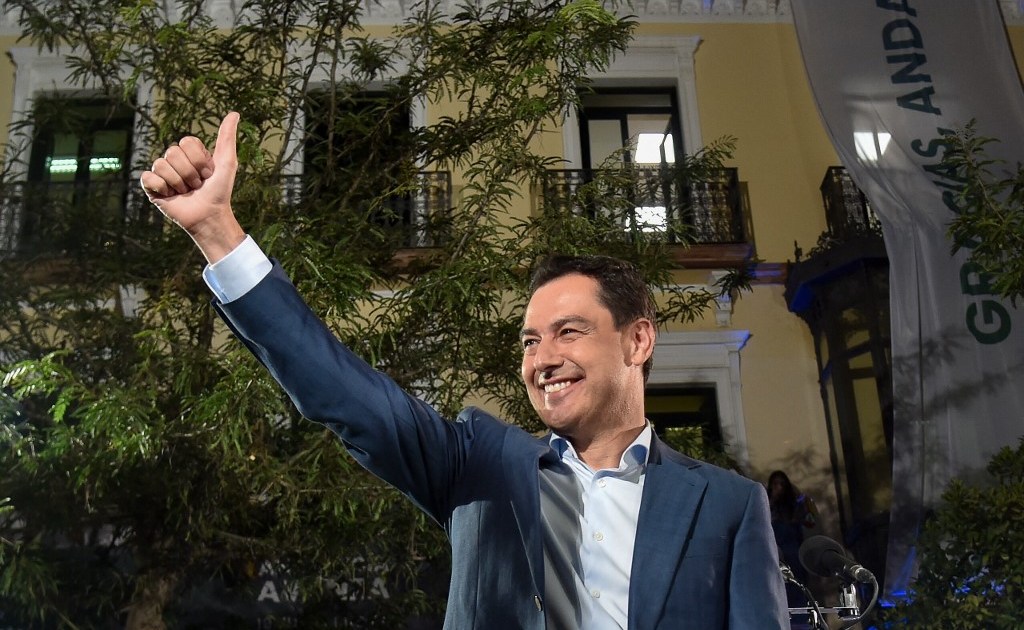New Delhi wakes up to toxic smog after Diwali celebrations
Harmful PM2.5 particles surged to 350 on the air quality index, more than three times the reading of a day earlier.
Residents in New Delhi woke up to a blanket of toxic smoke the morning after Diwali, an annual Hindu festival of lights, as revellers defied a firecracker ban.
The international monitoring company IQAir reported that the level of harmful PM2.5 particles surged to 350 on the air quality index on Tuesday, three times the reading from the day before.
The reading for the particulates, so tiny they can penetrate deep into the lungs and enter the bloodstream, is more than 23 times the recommended daily maximum set by the World Health Organization.
The PM2.5 reading had eased to about 145 by mid-morning, still nearly 10 times the WHO limit. A report by IQAir in 2020 found that 22 of the world’s 30 most polluted cities were in India.
Airborne PM2.5 can cause cardiovascular and respiratory diseases such as lung cancer. A study by the Energy Policy Institute at the University of Chicago (EPIC), released in June, said lung and heart disease caused by PM2.5 reduces life expectancy in the Indian states of Uttar Pradesh and Bihar – home to 300 million people – by eight years.
New Delhi, which has the worst air quality of all world capitals, imposed a ban on the sale and use of firecrackers last month and announced that those flouting the ban could face up to six months in jail.
Many of the Indian capital’s roughly 20 million residents were still able to get hold of firecrackers, setting them alight into the early hours.
Despite the heavy smog, broadcaster NDTV pointed out that Delhi’s pollution levels after Monday’s Diwali celebrations year were the lowest in four years. The festival fell relatively early this year in mild weather.
Delhi Chief Minister Arvind Kejriwal said residents were “working hard” and that there had been encouraging results.
“But there is still a long way to go,” he tweeted early on Tuesday.
Diwali is celebrated at roughly the same time as when farmers in neighbouring states burn stubble after their harvest.
Firecracker smoke combines with farm fires and industrial and vehicular emissions to form a toxic cocktail this time of year that is blamed for huge numbers of premature deaths.
Across South Asia, the average person would live five years longer if levels of fine particulate matter met WHO standards, according to a June study by EPIC.




